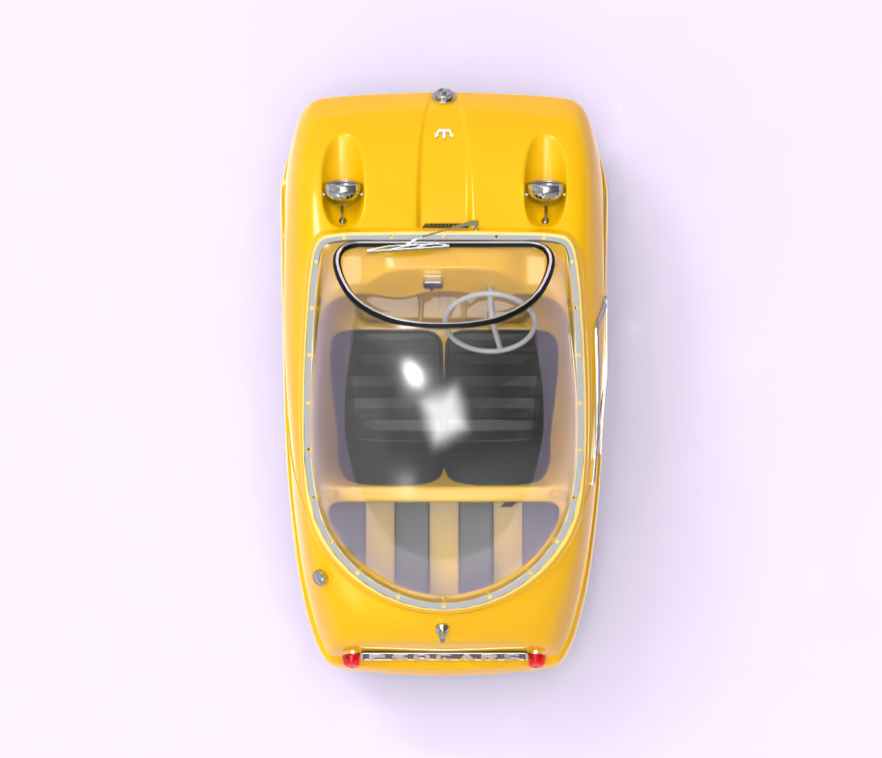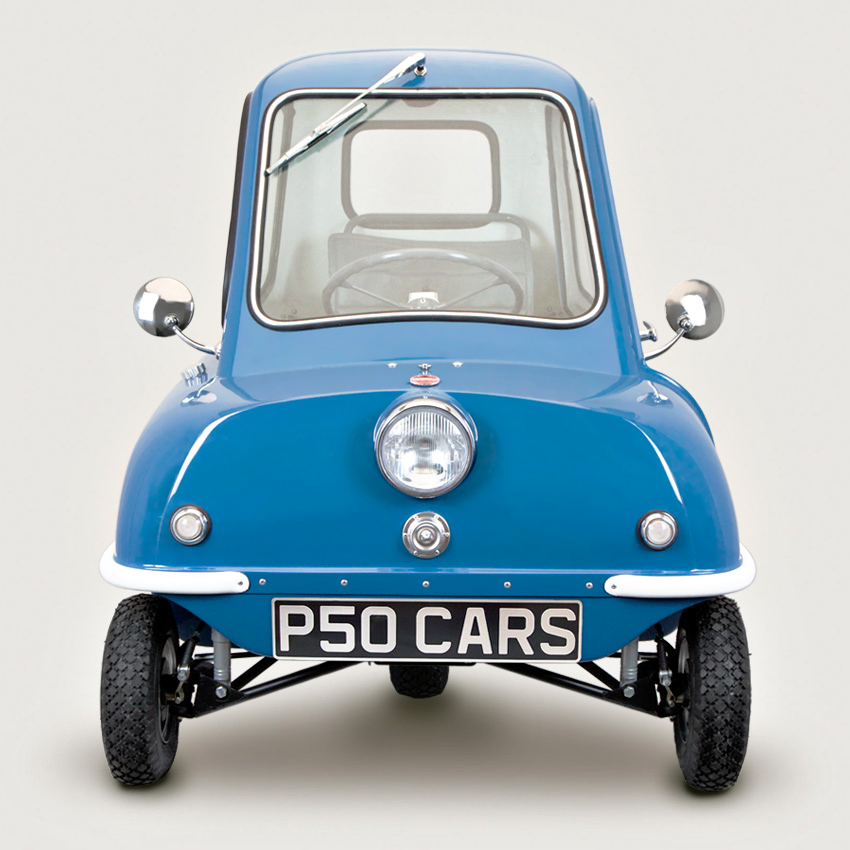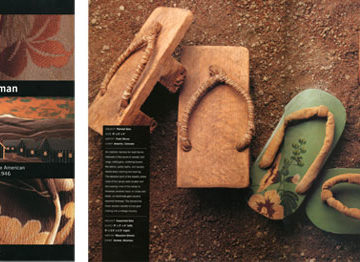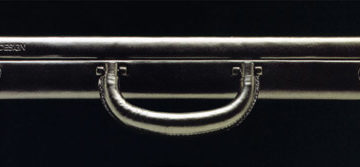The classic Fiat 500 and the discontinued Mercedes Smart Car have been the reigning champions of tiny cars for a long time. Enter a new wave of mini-vehicles that are taking the automotive world by storm. These pint-sized rides provide an affordable, fuel-efficient way to get around. Like electric scooters and micro-campers, these tiny cars redefine the way we think about transportation and make a big statement.
History of the P50
The Peel P50, dubbed the smallest car in the world, was first issued in 1963 by the Isle of Man-based Peel Engineering’s Cyril Canel. The three-wheeled, single-seat P50 has an equally micro, bubble-topped two-seater, the Trident.
The two cars were conceived as a luxury alternative to motorcycles and advertised as capable of seating “one adult and a shopping bag.” The car’s build was straightforward, with only one door on its left side, a single windscreen wiper, and one lone headlight. It also had no reverse gear; however, it included a rear handle that allowed the lightweight car to be physically maneuvered. The car’s main claim to fame is its record-breaking small size. The car maxes out at 4 ½ feet, or 54 in (137 cm) long and 39 in (99 cm) wide, and only weighs 130 pounds (59 kg). These measurements allowed it to gain a Guinness World Record as the smallest production car ever made.
With its tiny stature, the P50 could easily park between two normal-sized cars on the street and could dip into and out of a traffic jam without disrupting traffic flow. After about two years of popularity, interest in the tiny cars tapered off. By 1966, both cars were out of production. A handful of the 50 original P50s and 80 Tridents are still on the market, but until recently, you could only get a P50 for an exorbitant price (£100,000+).






